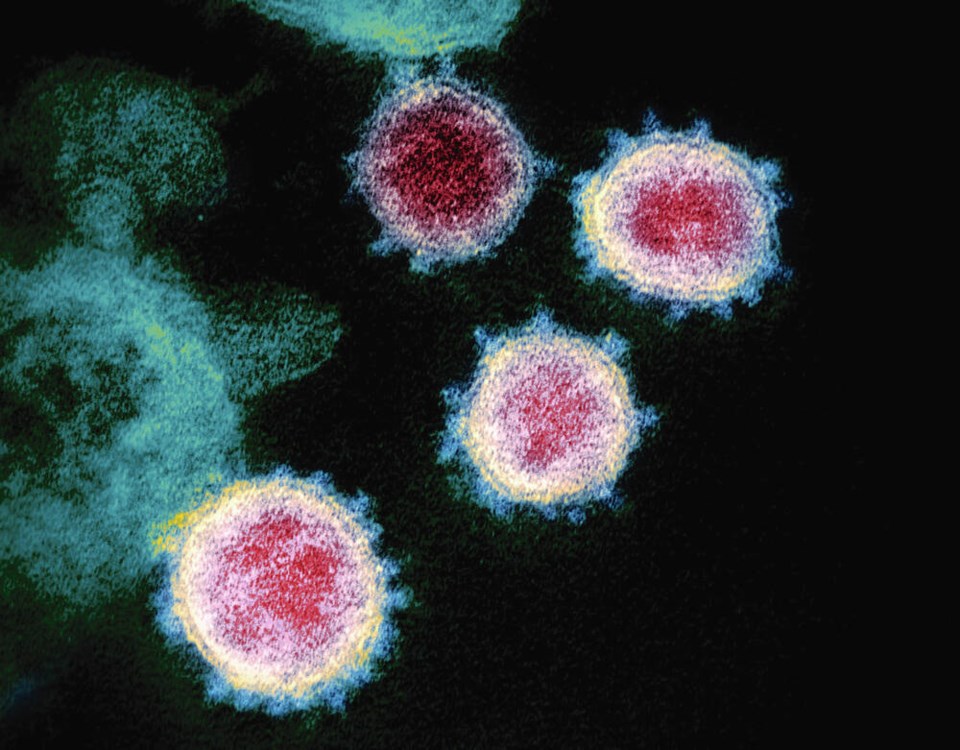With the COVID pandemic trending downward, at least for now, it is essential that we find out, in detail, which policies to combat the virus worked, and which did not.
We’ve been in this situation before. After the SARS outbreak in 2003, which resulted in 438 suspected cases in sa���ʴ�ý and 44 deaths, the federal government commissioned a full-scale review of how it was handled.
The answers were not encouraging. Government ministries and health-care agencies failed to communicate adequately with the public, leading to an air of panic.
Personal protective equipment items (PPEs), in particular masks, were in short supply or non-existent.
Research into emerging infectious diseases had fallen on hard times. The review found that governments across the country regarded this research as academic at best, and irrelevant at worst.
Data gathering techniques varied so greatly from province to province that no clear picture could be framed of how the outbreak was controlled.
Most important, little effort had been made to consider the social, economic and psychological implications of disease fighting policies.
In short, the SARS outbreak revealed widespread dysfunction at all levels of government, failure to take precautionary measures, lack of foresight and inept communications strategies.
Now two decades later and with a new infectious disease at hand, it appears those lessons have not been learned.
All 10 provinces, to varying degrees, adopted widely differing practices for dealing with COVID rather than following a pre-agreed national approach.
PPEs were once again in short supply.
Lab testing was not mounted quickly enough and testing strategies were inconsistent across the country.
Nursing homes suffered needlessly high death rates because protective measures, such as prohibiting part-time staff from working simultaneously at several facilities, were not in place.
It would not be much of a stretch to conclude that what helped most in fighting the virus wasn’t farsighted preparation, but the huge good fortune of rapidly developed and effective vaccines.
There is also the reality that while the SARS outbreak predominately centred on Ontario, COVID has affected all parts of sa���ʴ�ý.
Moreover, SARS was quickly contained. In contrast, it’s now believed that COVID will be with us into the indefinite future.
It is essential therefore that we settle on a long-term protective strategy now, in case the disease rears its head again come fall.
We also have to recognize that fighting a contagious ailment which is contained quickly, as was the case with SARS, is different from fighting a disease over a number of years.
There are serious outstanding questions around the long-term impact COVID restrictions have had on mental health, particularly for residents of nursing homes and children not attending school.
At the same time, there has been an increase in anxiety stemming from personal financial impacts, but also the loss of those activities that bring people together. These include attending church, participating in sports, seeing colleagues at work, attending concerts or going to social events.
In short, we cannot continue to muddle our way through, as we did during the first two years of the COVID pandemic.
We need to know which control measures were most effective, what gaps there are in research and lab capacity that need filling, and how to prevent unintended social impacts that have weakened our sense of communal well-being.
Ironically, the fact that each province took its own direction can actually help, for it means that comparisons can be made as to which methods worked best.
Here is the moment when the federal government must step forward. Appoint an expert panel, assemble all the evidence, and map out the best way forward.
And most important, do it now, before case counts begin to climb again, leaving us to scramble once more.



